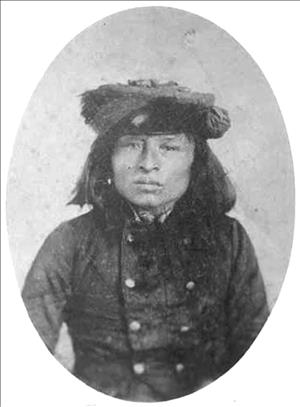On October 6, 1999, the federal government formally recognizes the Snoqualmie Tribe. Federal status means that the United States recognizes the Snoqualmies as a sovereign government, and it makes the tribe eligible for numerous federal programs and possibly a reservation. The tribe now will draft a constitution and elect leaders.
The tribe of some 600 adults and 450 children had been working for federal status since 1952, when the Congressional Record listed the Snoqualmies as an unrecognized tribe. In 1974, the Boldt decision, which granted recognized tribes their treaty fishing rights, denied this right to the Snoqualmies, along with the Samish, Duwamish, Snohomish, and Steilacoom tribes because they were unrecognized tribes.
The federal government recognized the Snoqualmie Tribe in August, 1997, but in December 1997 the Tulalip Tribe began filing appeals "on the grounds that the Tulalip Tribes are the true successor of Snoqualmie culture and that Snoqualmie sovereignty may cut into territory they regard as their own" (Corsaletti and Ith). These appeals have been rejected.
In 1855, Snoqualmie Chief Pat Kanim was one of the signers of the Point Elliott Treat, which ceded all Snoqualmie land, from Snoqualmie Pass to Everett, to the federal government. The Snoqualmies were one of the largest tribes in the Puget Sound region, with a population of 3,000 to 4,000 residing in 96 longhouses in 14 permanent winter villages. During the first half of the twentieth century Chief Pat Kanim's nephew Chief Jerry Kanim (1870-1956) led the tribe.

